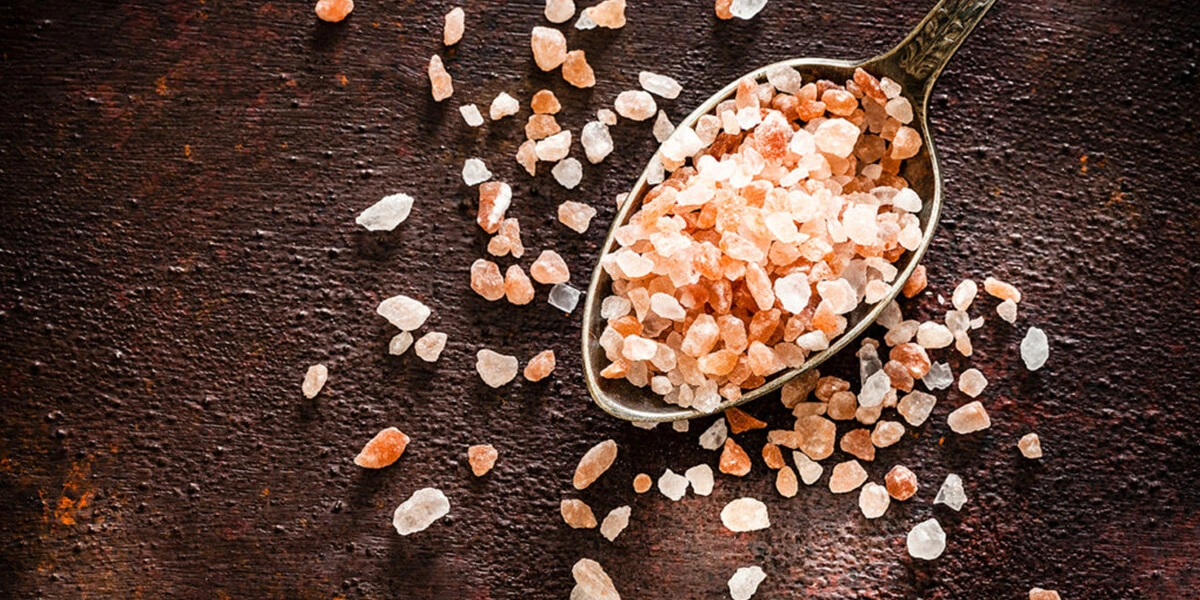The trendiness of pink Himalayan salt is obvious, whether you’ve gotten a beautiful pink salt cutting board from a local home goods store or added a glowing lamp to your bedroom.
But did you know that this rock salt’s advantages go far beyond its aesthetic appeal? In this article, we’ll discuss the origins, vitamin and mineral contents, and purposes of Pink Himalayan salt.
Table of Contents
Where did it come from?
In terms of its origins, the Pakistani town of Khewra has salt hills that produce Himalayan salt. For hundreds of years, people have used this type of rock salt to cook with and preserve food.
Yes, the majority of pink Himalayan salt does not originate in India, but in Pakistan. This salt is available in various regions like Australia, Peru, Pakistan. However, the amount of mineral it contains depends on its source.
While Himalayan salt is identical to other salts, it is said to be more natural due to its limited processing. You can use it for food, or even for your bath. Alternatively, you may purchase a block of Himalayan salt to use as a chopping board or serving dish.
What are the nutrients in Himalayan Salt?
The primary component of Himalayan salt is Sodium Chloride, but what makes it stand out is the trace amounts of other minerals: potassium, calcium, magnesium, which are responsible for the mineral’s pink hue.
When it comes to nutrition, food that includes salt is essential. Sodium does a lot more than to make your meal tasty, particularly the ones that are present in Himalayan pink salt. This helps regulate blood sugar, contract muscles, improves respiratory diseases, and regulate bodily fluids.
Moreover, sodium reduces the incidence of bacterial infections and avoids low blood pressure and limiting salt in one’s diet may contribute or make it more difficult for the body to regulate hormones and sleep. Studies have shown that halotheraphy or staying in a place where you can breathe air with tiny salt particles may help with a number of lung diseases, including chronic obstructive pulmonary disease and asthma.
Himalayan Salt – Is it safe?
Himalayan pink salt typically is more rough grind than table salt, which accounts for the 420 mg of sodium in one-quarter teaspoon of the former compared to 590 mg in the latter. With Calcium 1.6 mg, Potassium 2.8 mg, Iron 0.0369 mg, Magnesium 1.06 mg, it has extremely low concentrations of certain elements and minerals, making it unlikely to have any positive health effects.
Himalayan salt should be used with caution by particular categories of people. In the event that your iodine levels are low, your healthcare expert might advise utilising table salt. Pregnant women, vegans, and individuals who abstain from dairy and eggs are among the groups at risk for low iodine levels. Iodine is necessary for the body to create new cells and thyroid hormones.
Moreover, the kidneys have to work harder after consuming a lot of sodium to eliminate the extra salt through urine. Interstitial fluid, or fluid that accumulates between the cells, may occur. The heart and blood arteries may also be strained by this increased fluid intake.

